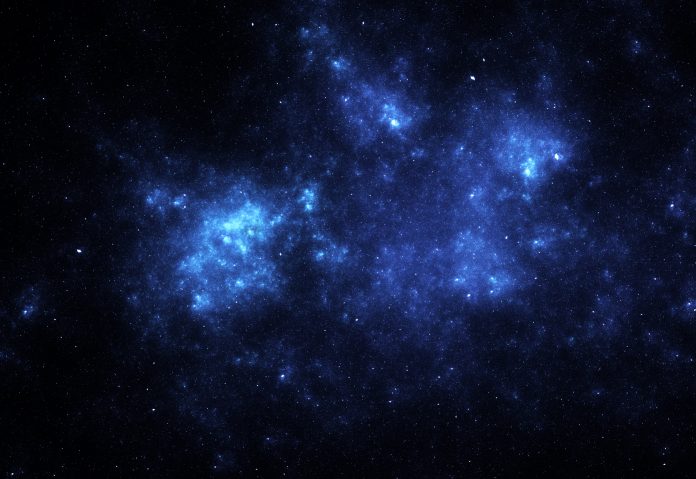Astronomers have uncovered a previously unknown mechanism for creating cosmic dust
Led by Professor Wang Lingzhi from the South America Center for Astronomy of the Chinese Academy of Sciences, an international team of researchers has identified a surprising source: Type Ia supernovae interacting with surrounding gas.
Published in Nature Astronomy, the study marks a significant leap forward in our comprehension of the cosmos. Scientists have yet to research the origins of cosmic dust, similar to the dust found on Earth but on a cosmic scale.
Previous research on stellar evolution
However, this latest discovery promises to rewrite the textbooks on stellar evolution. Supernovae, the explosive deaths of stars, have long been implicated in dust formation.
Previous observations primarily focused on core-collapse supernovae. These events were thought to be the principal creators of cosmic dust. They are rare in elliptical galaxies, leaving a hole in our understanding of dust production in these stellar systems.
Type Ia supernovae involve the explosion of white dwarf stars in binary systems. The research team’s careful monitoring of supernova SN 2018evt unveiled a surprise, the collision of the supernova shockwave with pre-existing gas expelled by the binary system’s stars.
This collision led to a rapid and significant formation of cosmic dust, a process never observed in Type Ia supernovae.
Utilising a range of telescopes
Using an arsenal of space-based and ground-based telescopes, including NASA’s Spitzer Space Telescope and the Las Cumbres Observatory’s global network, the researchers tracked the evolution of SN 2018evt over three years.
Their observations revealed a distinctive pattern: a dimming of visible light followed by a surge in infrared emissions, signalling the birth of cosmic dust as the shocked gas cooled.
Professor Wang Lingzhi, the study’s lead author, described the findings as groundbreaking, noting that this discovery represents the first detection of rapid dust formation in thermonuclear supernovae interacting with circumstellar gas.
Understanding cosmic dust
The team estimated that the amount of dust generated by SN 2018 surpassed 1% of the Sun’s mass, with the potential for a tenfold increase as the supernova continues to cool.
These findings affect our understanding of cosmic dust and its role in galactic evolution. While core-collapse supernovae remain pivotal in dust production, Type Ia supernovae may emerge as significant contributors, particularly in elliptical galaxies where their occurrence is more common.






